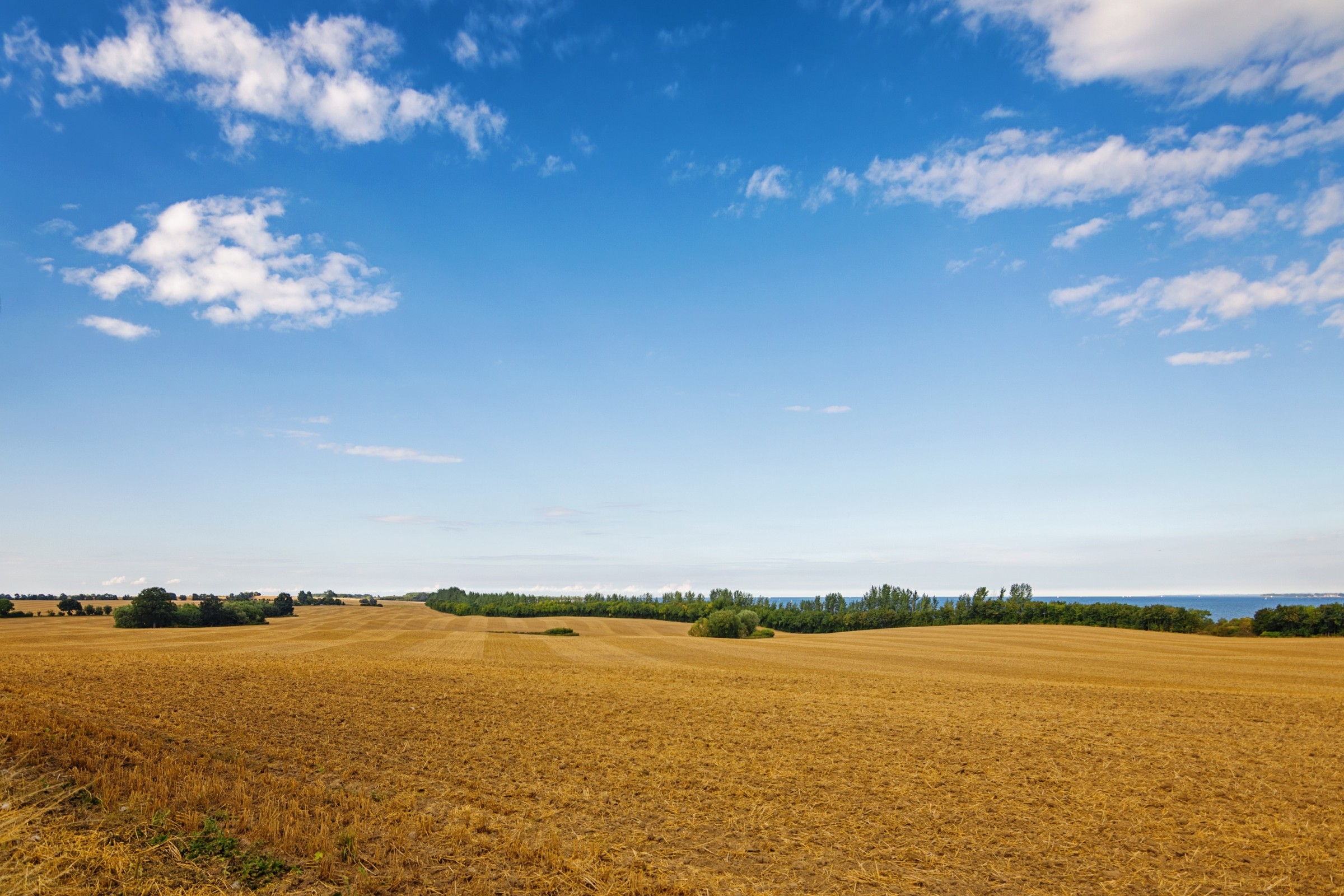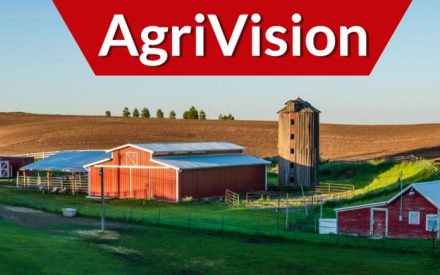https://soundcloud.com/agrivision-extension/agrivision-expanding-milking-herd
Host Katie Wantoch and Heather Schlesser, agriculture educator from Marathon County, discuss whether a dairy farmer and his son should purchase bred heifers or cows to expand their dairy herd.
View Transcript
Katie Wantoch
This is UW Extension’s Farm Management AgriVision Podcast. I am Katie Wantoch, Agriculture Agent with UW-Madison Division of Extension. I will be chatting with fellow Extension educators as we answer questions from farmers and share our knowledge and expertise on how you can improve your farm management skills. Today I am joined by Heather Schlesser, who is a agriculture educator from Marathon County. Welcome, Heather.
Heather Schlesser
Thank you.
Katie Wantoch
Heather, today’s question is from a farmer and he and his 28 year old son decided a couple years ago that they wanted to add on to their freestyle barn and add 50 cows to their herd. Now that milk prices are going up, they think this is the time to do it. They have 20 additional heifers that are due in June in July and they’ll have to buy maybe 30 additional animals. They have saved $25,000 for the project. Hopefully they’ll be able to borrow the rest. They also farm 500 acres and will be increasing their herd from 200 to 250 cows. Their question today, Heather is do you think they should buy heifers that are bred to calve this summer? Or should they purchase 30 cows? They currently have three employees who are helping with milking and calf chores, but the summer they will need to hire an additional employee. What are your thoughts?
Heather Schlesser
Katie, I think it’s a really diverse question. You know, on the surface, it seems pretty straightforward. Should I buy the heifers or should I not buy the heifers and go with cows? But I think they need to take a step back and sort of consider a few options and figure out what’s best for their farm. What are they looking at long term? You know, do they want a progressive farm? Do they want a lot of genetics? Do they have the feed to feed this additional set of animals? What labor availability do they have? You mentioned in there that they would have to hire a new person, is there workers readily available for this? Overall what are the tax implications of increasing the farm size?
So I just want to reiterate that the answer isn’t always straightforward and it may change from year to year. So the first thing I think they really need to do is to sit down and sort of discuss with each other what the vision of the farm business is, and what is that ideal herd size? Do the father and the son agree on what that ideal herd size is? And then depending on which options they choose, the herd could continue to grow, you know, I mean, if you get these heifers, these bred heifers and all of the calves are heifers, you’re increasing that farm exponentially there. And so you really want to make sure that you’ve thought it out if you have enough adequate facilities, you have adequate feed, you have adequate land to spread the manure on and then if you are limited in herd size expansion, so say you don’t have the facilities to expand or you don’t have the land base to expand on then what are you going to do? So really thinking that through.
The next part is you said that they’re hoping to get a loan from the bank. So I think which route they go whether they purchase the cattle as bred heifers or if they purchase those cows, you know, milking cows or dry cows would really depend on the amount of money that they’re able to get from the lender. So sitting down and having that business plan and the proposed new plan with that lender to identify what they’re going to be able to get from the lender, keeping in mind that there are pros and cons, right? So if we go with the bred heifers, you’re going to have a new crop of calves on the farm relatively quickly. So you’re going to have the heifers coming into milk and you’re going to have a new crop of calves to take care of. And so do they have that added labor? You know, are they going to need one additional laborer or they going to need a couple extra laborers to take care of that additional calf crop along with the new heifers coming into milk? And do they have the money to pay for them because they’re going to be more expensive as bred heifers than a cow that is not bred. The advantage of those bred heifers is you could be bringing in new genetics, right? The younger animals have been bred by newer sires. So they have new genetics that they’re bringing into the farm. But if there’s been no genomic testing on those animals, they could be unproven. And you have no guarantee what sort of milk production these animals are going to have or their lifetime net merit. So you got to sort of take that into consideration because when you buy the cows, they’re cheaper, right? Because they’re not bred. But they also have a proven history. They’ve milked before on someone else’s farm. So if you’re buying them from a neighbor, you can look at that pedigree, you can talk to them, you can get their old printouts of what their milk weights were, or their test weights. And so you have that history to go with those cows. So again, it goes back to that conversation. What are you guys looking for in your herd? So I would really encourage both the father and son to have a sit down and to discuss those options that they have and really consider everything that’s involved with the expansion for their farm.
Katie Wantoch
Yeah, those are some great points that you highlight there, Heather. Do you have any resources or anywhere that they can go online, that would be a good reference or professionals maybe that you suggest that they might meet with?
Heather Schlesser
Working with your local Extension agent or their local Extension agent is a great first place. The extension agent can help you create the business plan, can help you think about options that you haven’t thought about. If you’re looking for the cost of raising, we have the ICPA data, you know, that talks about the cost of raising heifers. So if they’re looking at putting numbers together for the bank or for the loan manager, they can go that route. Besides the local Extension educator, you know, the farmers could also look at the dairy team website through Extension. UW Extension has a great website through the dairy team.
Katie Wantoch
Yeah, and I know you’ve got some great videos that are on YouTube that are there and have information people can access. Thank you, Heather, for that great information and resources today, very much appreciated.
Heather Schlesser
Thank you for having me.
Katie Wantoch
For more Extension AgriVision podcasts or resources to improve your farm management skills, check out farms.extension.wisc.edu. Thanks for listening.


 AgriVision Podcast Episode 7 - Use CFAP funds to pay open accounts first
AgriVision Podcast Episode 7 - Use CFAP funds to pay open accounts first


